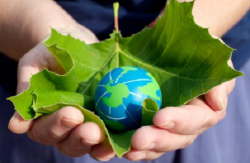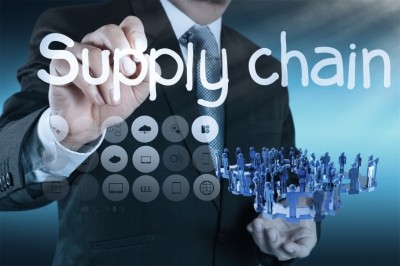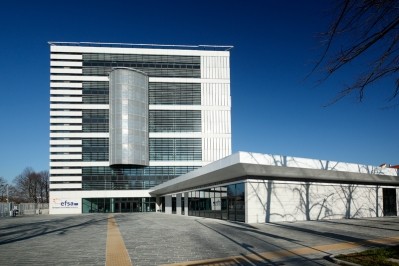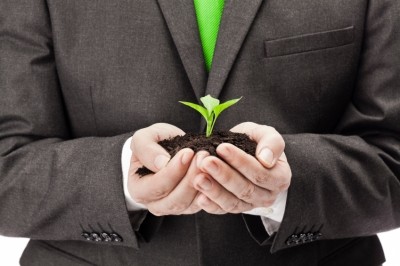Where does our food come from? Traceability is crucial to market success

When it comes to food, we want to know where it came from, both as procurement professionals and as consumers. Each party that touches a product plays a role in reporting information that supports a transparent link to the origin.
For companies, sustainable business practices are being integrated into their brand story as well as their risk management strategies. But they cannot, and should not, do it all. Without hard facts, interest eventually wains.
Sustainable production labels are being recognized by more and more consumers, leading to an upward spiral of demand from manufacturers and retailers for full traceability back to the farm and the sustainability standard. As the uptake of sustainability certification standards is growing globally, so is demand for clear, simple and credible traceability systems.
How in the world is a consumer to know that the claim made on a package of their favourite coffee, or baked goods, or chocolate bar can be trusted? It is unreasonable to expect that consumers become experts in the minutia of various sustainability programmes, so what is to be done and who shall do it?
Retailers and food companies have a role to play in answering these questions, but they cannot answer them alone.
Enter the electronically traceable supply chain: one that is online, simple, credible and flexible enough to trace products from their source material to a wide array of components or refined products that are the reality for the food chain.
Platforms are emerging that are part and parcel of the certification system, not add-ons after the fact. Every player has a role, from creation of the base information by the audit firm, verification and administration by the farmer or producer group, private announcement of sales (with or without price information), confirmation of sales by the buyer, information on transport methods, tracking through the refining processes and conversions, and eventual tracing of the products to their last transformation before they reach the supermarket checkout.
Today it is possible to scan a QR code on the packaging of your favourite coffee or chocolate bar and see not only the farm it was grown on but also to learn about the detailed activities that producer, large or small, has undertaken to run that farm in a sustainable way. This is real time and audited data.
As demand for sustainable production increases, there are of course always steps to be taken to improve both the standards and the traceability systems, such as better integration across multiple systems, portability of data entry from the desk to the field, and integration with better monitoring and evaluation. These are just some of the developments we see as we go forward.
Collectively we are making significant progress and look forward to the day that any consumer can easily see the faces of those whose labour produced their food and can feel secure that sustainable production claims can be verified by the ones that matter most in their minds – themselves.
























